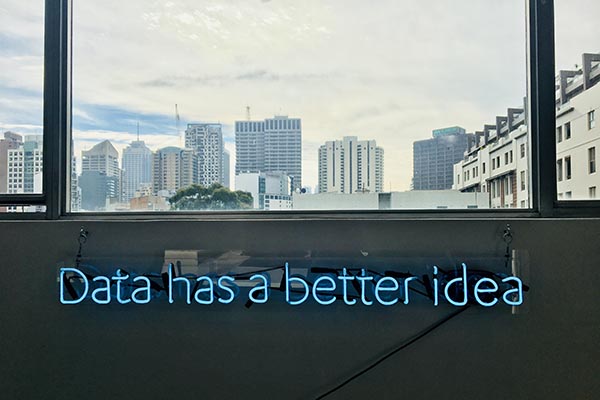
As a full-time MBA student, I’ve had the opportunity to interact with students from a variety of MBA programs during the past year and a half. One thing has become clear to me in that time. The Smith MBA is uniquely focused on data.
That’s a good thing, because the business world is increasingly reliant on data and analytics. There’s a record need for people with analytical skill and managerial training.
One particularly relevant example of Smith’s focus on data comes from a course I enrolled in this semester, Advanced Marketing Analytics Models. It’s the third course in a series that builds a foundation in marketing decision modeling and business research. In this course, students like myself work with real-world data to price products like laundry detergent. We decide new market entry strategies. And we evaluate the effectiveness of marketing promotions. We do this with the aid of Excel and the statistical software SAS.
As a result, students leave the course able to model the impact of different marketing decisions and knowing the basics of SAS programming. There couldn’t be a better time to develop technical skills alongside classic MBA soft-skills such as teamwork and communication. Employers are hungry for the combination.
Advanced Marketing Analytics Models isn’t a standalone example of the emphasis on data. And whether or not you formally sign up for a Smith dual degree program such as MBA/MS Marketing Analytics or MBA/MS Business Analytics, you’re walking out with a core capacity to analyze data and incorporate it into managerial decisions.
Zheng "Vanessa" Chang, a 2020 MBA Candidate and president of the Smith Data Analytics and Technology Club, puts it this way: “We bridge academics with business practice in analytics. At Smith, all of our MBA career tracks are tied into our data analytics and technology resources.”
This year, those resources included weekend-warrior workshops on data visualization software Tableau, statistical softwares R and Python, and Excel VBA for automations. Day-to-day, program resources include support developing advanced Excel skills. And Smith’s curriculum is built with the expectation that business recommendations are supported by appropriate data. All in all, it’s a recipe that prepares MBA students for career success.
–By Miranda Taylor. Taylor is a 2020 MBA candidate. She is originally from Minneapolis, and worked as a science writer and digital content strategist in the health industry before coming to Maryland Smith to pursue an MBA.
Photo: Franki Chamaki via Unsplash
Media Contact
Greg Muraski
Media Relations Manager
301-405-5283
301-892-0973 Mobile
gmuraski@umd.edu
About the University of Maryland's Robert H. Smith School of Business
The Robert H. Smith School of Business is an internationally recognized leader in management education and research. One of 12 colleges and schools at the University of Maryland, College Park, the Smith School offers undergraduate, full-time and flex MBA, executive MBA, online MBA, business master’s, PhD and executive education programs, as well as outreach services to the corporate community. The school offers its degree, custom and certification programs in learning locations in North America and Asia.